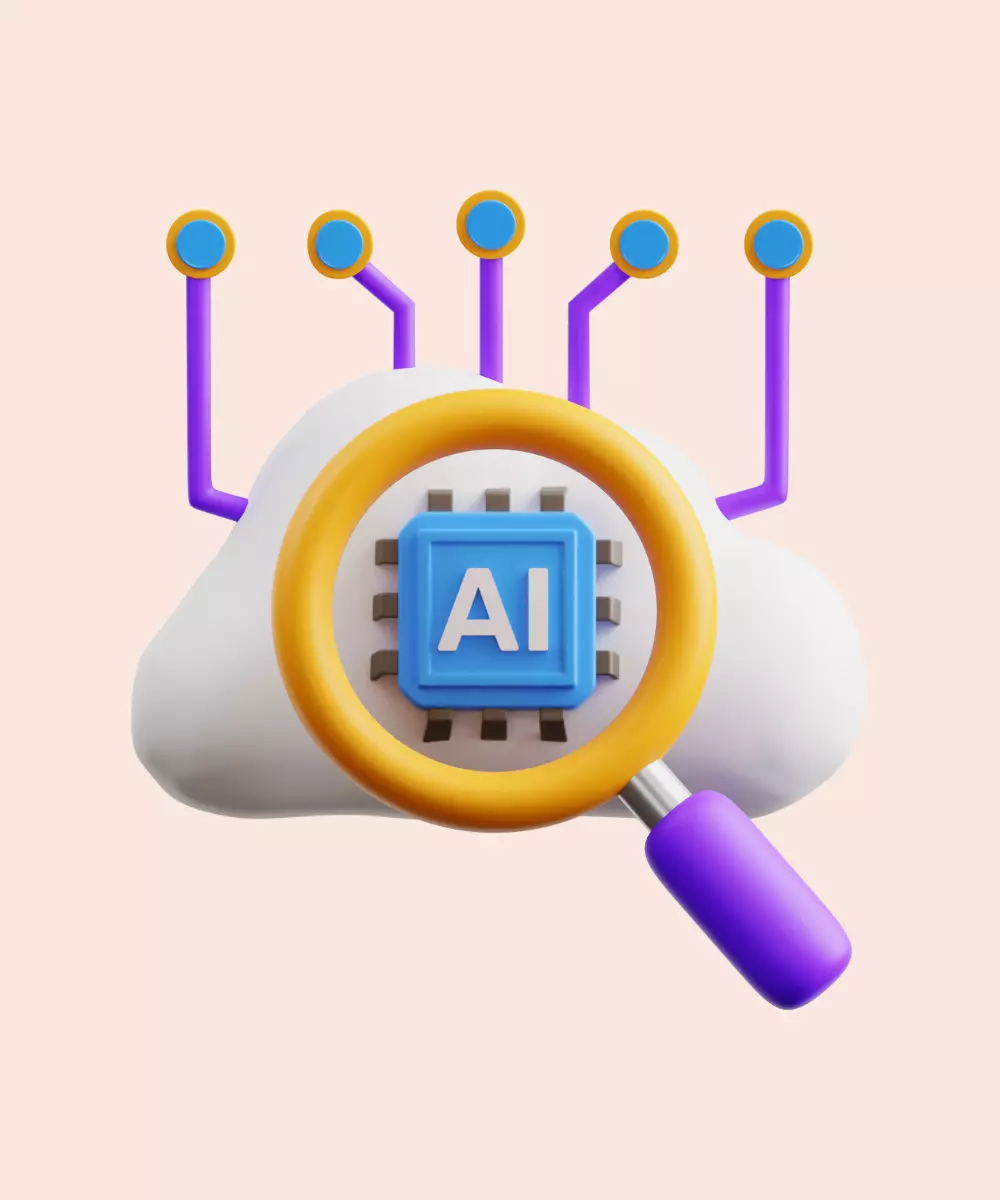The mobile app industry in 2024 is a vibrant ecosystem of innovation, where emerging technologies meet user demands for smarter, faster, and more personalized digital experiences. This year is marked by transformative trends that are redefining the potential of mobile applications, from the immersive worlds of AR and VR to the swift connectivity of 5G, and the intuitive intelligence of AI and machine learning.
In this article, we’ll navigate through the most impactful mobile app development trends of 2024, offering insights into how businesses can harness these innovations to thrive in a mobile-first world.
Latest Mobile Application Development Trends 2024
The mobile app development landscape in 2024 is marked by groundbreaking trends. Let's dive deeper into each of the trend described below.
AI and Machine Learning
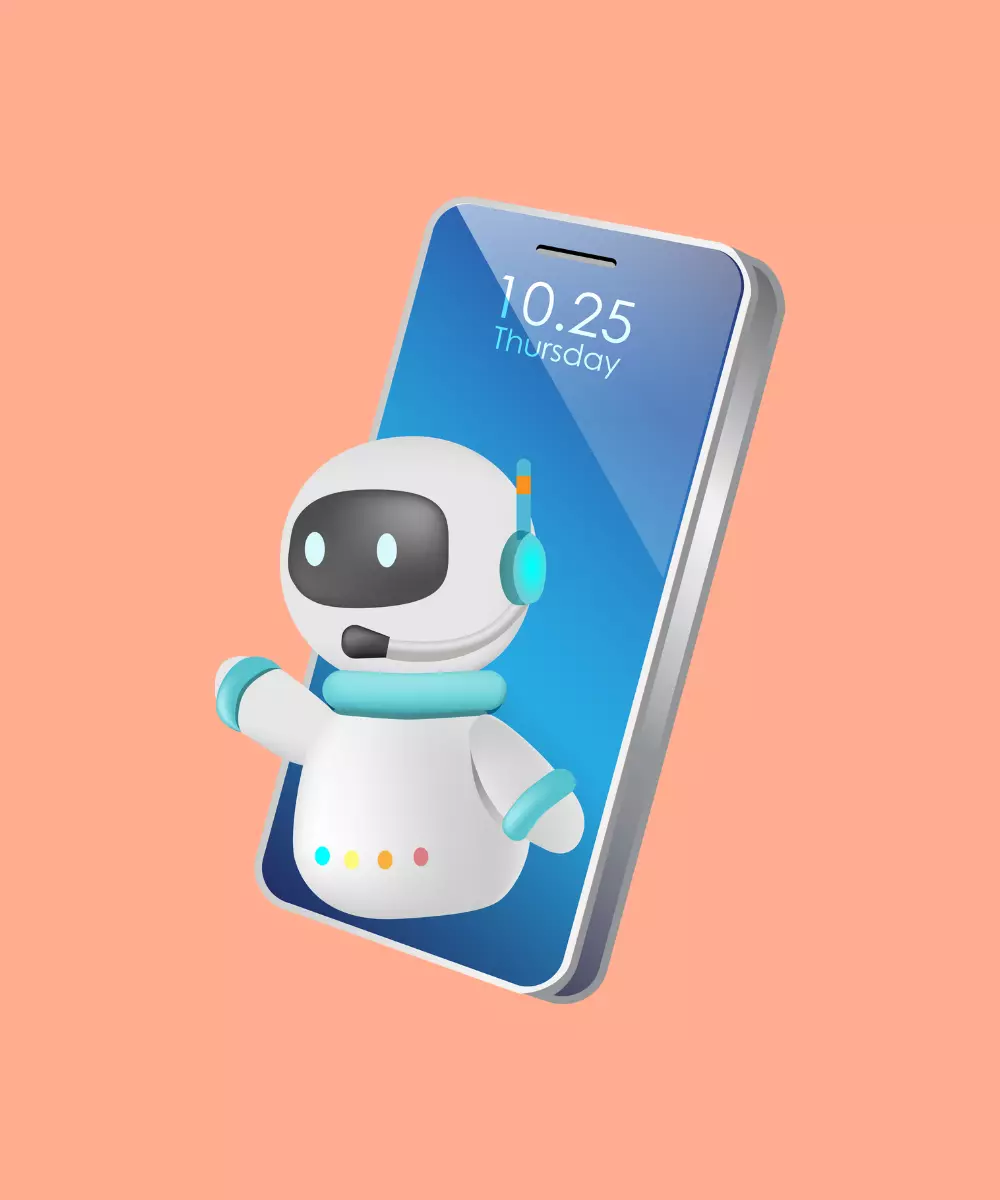
The integration of AI and machine learning in mobile apps is transforming them from static to dynamic tools capable of learning from user interactions to provide tailored experiences. These technologies are at the forefront of innovation, driving personalization, automation, and predictive capabilities in mobile applications.
Integration of large language models (LLMs)
2023 witnessed a significant boom in the integration of Large Language Models (LLMs) like ChatGPT in mobile applications, marking a transformative shift in how apps interact and assist users. The integration of LLMs into mobile apps not only represents a leap in the capabilities of AI but also opens up a myriad of possibilities for user interaction, content creation, and accessibility, underscoring the potential of these models in enriching the user experience.
- Advanced analytical tools: Apps with LLMs are offering advanced data analysis features, capable of interpreting complex datasets and providing users with insightful summaries, trends, and actionable business intelligence.
- Interactive educational platforms: LLMs are enhancing educational apps by providing interactive learning experiences, offering personalized tutoring, and answering student queries in real-time, adapting to individual learning styles.
- Healthcare advisory services: In healthcare, LLM-integrated apps are offering preliminary medical advice, symptom analysis, and mental health support, making healthcare advice more accessible.
- Automated customer support: Integrating LLMs has revolutionized customer support, enabling apps to provide instant, context-aware, and personalized responses to customer queries, reducing response times and improving customer satisfaction.
- Personalized shopping experiences: E-commerce apps are using LLMs to offer personalized shopping advice, product recommendations, and even styling tips based on individual user preferences and past shopping behavior.
- Voice-activated control and commands: Leveraging LLMs for voice recognition, apps are enabling more accurate and natural voice-activated controls, enhancing hands-free usability and accessibility.
Personalization at scale
- Customized content: AI algorithms analyze user behavior to personalize content, such as recommending products or media, creating a unique experience for each user.
- Smart suggestions: Machine learning models predict user needs and provide timely suggestions, enhancing user engagement and satisfaction.
Automating the mundane
- Chatbots and virtual assistants: AI-powered chatbots and assistants handle customer inquiries, bookings, and support, offering human-like interactions and freeing human resources for more complex tasks.
- Predictive text and voice recognition: Machine learning enhances predictive text inputs and voice recognition, making communication via apps more efficient and natural.
Enhancing security with AI
- Fraud detection: AI systems in banking and financial apps learn to detect unusual patterns that may indicate fraudulent activity, providing an additional layer of security.
- Biometric authentication: Machine learning algorithms process biometric inputs like facial recognition or fingerprints for secure and quick user authentication.
AI in health and wellness
- Health monitoring: AI in health apps analyzes data from wearables to provide insights into user health, detect anomalies, and even predict potential health issues.
- Mental health support: AI-driven mobile apps offer mental health support through conversational agents, helping users manage stress and anxiety.
Driving efficiency in business
- Inventory management: AI enhances inventory tracking and management apps by predicting stock levels, optimizing ordering, and reducing waste.
- Customer insights: Machine learning tools in analytics apps sift through massive amounts of data to uncover customer trends and inform business strategies.
Challenges and ethical considerations
- Data privacy: As AI and machine learning rely heavily on data, ensuring user privacy and ethical data use is paramount.
- Bias in AI: Developers must be vigilant against biases in AI, ensuring that the machine learning models are as objective and fair as possible.
AR and VR Integration
The fusion of AR and VR with mobile apps is not just changing how we interact with devices; it's reinventing our perceptions of reality. These technologies are now pivotal in creating experiences that are deeply engaging and highly interactive.
AR in retail: new shopping dimension
- Furniture visualization: AR apps like IKEA Place allow users to see how furniture looks in their space before buying.
- Virtual try-on: Fashion apps offer virtual fitting rooms for a try-before-you-buy experience, significantly enriching online shopping.

Educational breakthroughs with AR
- Interactive learning: AR brings subjects to life, turning complex diagrams into 3D models that students can explore, enhancing engagement and learning outcomes.
Travel and AR: enhanced exploration
- Interactive tour guides: Travel apps use AR to overlay historical data on landmarks, offer real-time sign translations, and provide navigational cues through city streets.

VR in training and health: safe simulations
- Risk-free training: VR simulations train professionals in high-risk environments safely, like medical or oil and gas industries.
- Therapeutic uses: VR aids in treating mental health issues by providing controlled therapeutic environments.
Gaming: immersive adventures
- VR gaming: Mobile VR headsets transport players into fully-realized digital worlds, offering a new caliber of interactive gaming.
Real estate revolution with VR
- Virtual property tours: VR allows potential buyers to virtually tour and customize properties before they're built, streamlining the buying process.
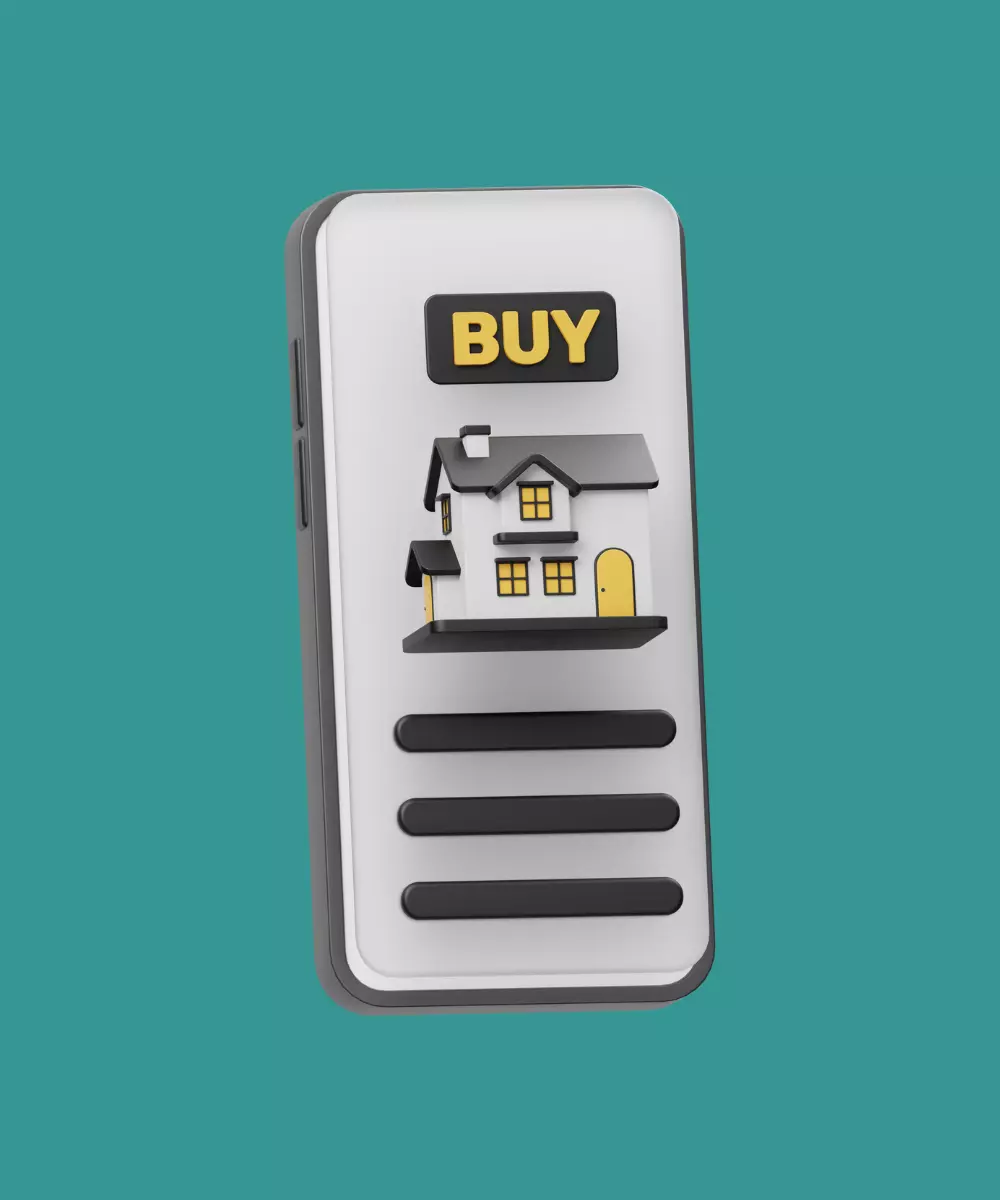
Wearable App Integration
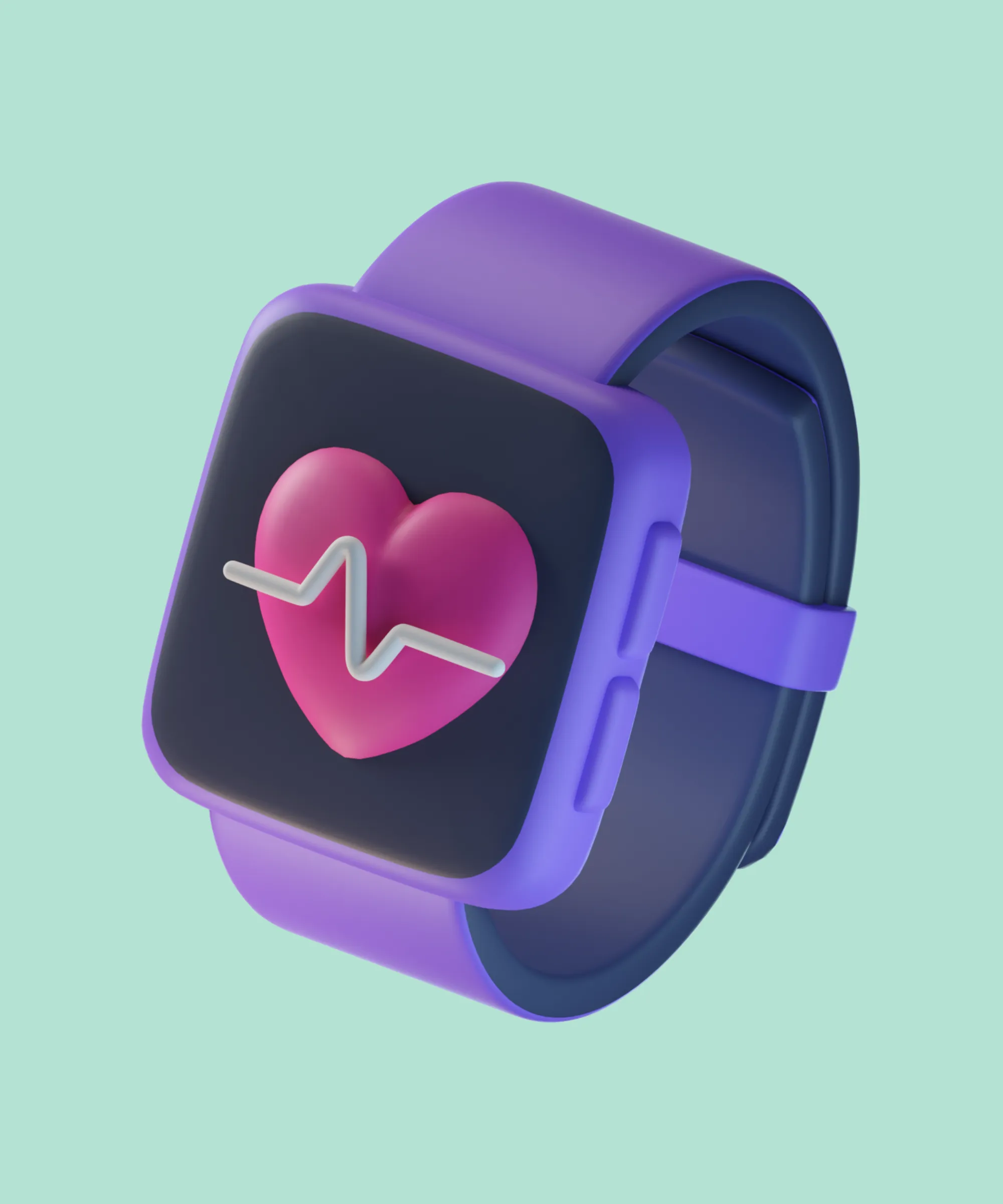
The integration of apps with wearable devices is a trend that’s rapidly gaining momentum. As these devices become more prevalent, they are opening up new avenues for app development focused on convenience, health, and lifestyle enhancements.
Health and fitness: step ahead
- Fitness tracking: Apps synced with wearables monitor steps, heart rate, and calories burned, providing users with real-time health metrics.
- Wellness monitoring: Wearable apps now remind users to hydrate, meditate, and even stand up after prolonged periods of sitting, promoting overall wellness.

Medical applications: wearables saving lives
- Remote patient monitoring: Apps that work with wearables can now track vital signs, alerting healthcare providers to potential health issues before they become emergencies.
- Medication management: For those with chronic conditions, wearable apps ensure medication adherence by sending timely reminders directly to the user's wrist.
Productivity and lifestyle: seamless integration
- Smart notifications: Users can receive and respond to notifications directly from their wearables, keeping them connected without the need to pull out a smartphone.
- Contactless payments: With a flick of the wrist, wearable apps are making transactions effortless through NFC technology embedded in smartwatches.
Accessibility: empowering inclusivity
- Assistive features: Wearable apps are also breaking ground in accessibility, offering features like haptic feedback for the visually impaired or gesture recognition for those with mobility challenges.
5G Technology
5G Technology is revolutionizing mobile app development in 2024 by offering speeds that were previously unimaginable. This leap forward in wireless technology is not just enhancing existing app functionalities—it's enabling a whole new breed of mobile experiences.
Accelerated performance, enhanced experiences
- Speed like never before: 5G's ultra-fast speeds mean that apps can handle more data-intensive tasks with ease, allowing for higher quality video streaming and more complex online games without the dreaded lag.
- Real-time interactivity: With its low latency, 5G enables apps that require real-time responses, such as multiplayer gaming, live auctions, or virtual stock trading, to operate more smoothly and reliably.

Empowering the Internet of Things (IoT)
- A network of devices: 5G's ability to support a massive number of connected devices simultaneously is a game-changer for IoT applications, which can now operate with unprecedented efficiency and coordination.
- Smart cities and automation: Apps that control smart home devices, manage traffic flows, or automate industrial processes will benefit from 5G, leading to smarter, more responsive urban environments and production systems.
Innovations in health and emergency services
- Telemedicine and remote diagnostics: Mobile apps in healthcare can leverage 5G to deliver telemedicine services, allowing for high-definition virtual consultations and remote monitoring of patients' vitals in real-time.
- Emergency response: Enhanced connectivity will enable quicker and more effective coordination for emergency responders through apps that can transmit critical information and live video feeds instantly.

Challenges and opportunities
- Infrastructure and accessibility: The expansion of 5G infrastructure is a work in progress, and developers must design apps that cater to varying network capabilities while also pushing the envelope where 5G is available.
- Security considerations: With increased speed and connectivity comes the need for robust security measures in apps to protect the greater flow of data from potential breaches.
Internet of Things (IoT) App Integration
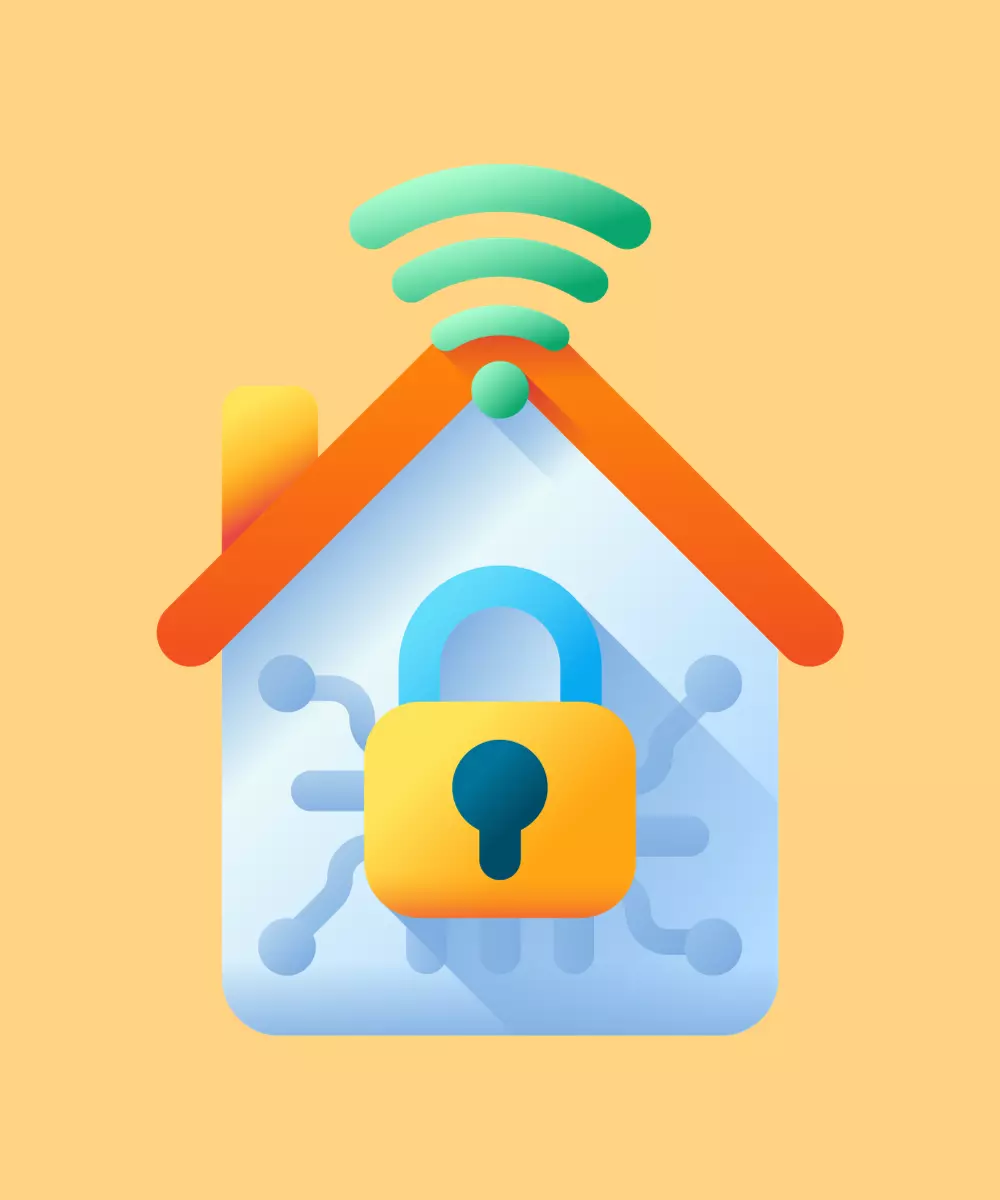
The Internet of Things (IoT) represents a significant shift in how devices communicate, offering a connected experience that extends the utility of mobile apps. With IoT app integration, smartphones become the central hub for a network of devices, providing users with unprecedented control and automation.
Transforming homes and workplaces
- Smart homes: IoT-enabled apps allow users to control lighting, heating, security, and entertainment systems from their smartphones, creating a cohesive and responsive living environment.
- Efficient workplaces: In the workplace, IoT apps streamline operations by monitoring equipment health, automating tasks, and optimizing energy use.
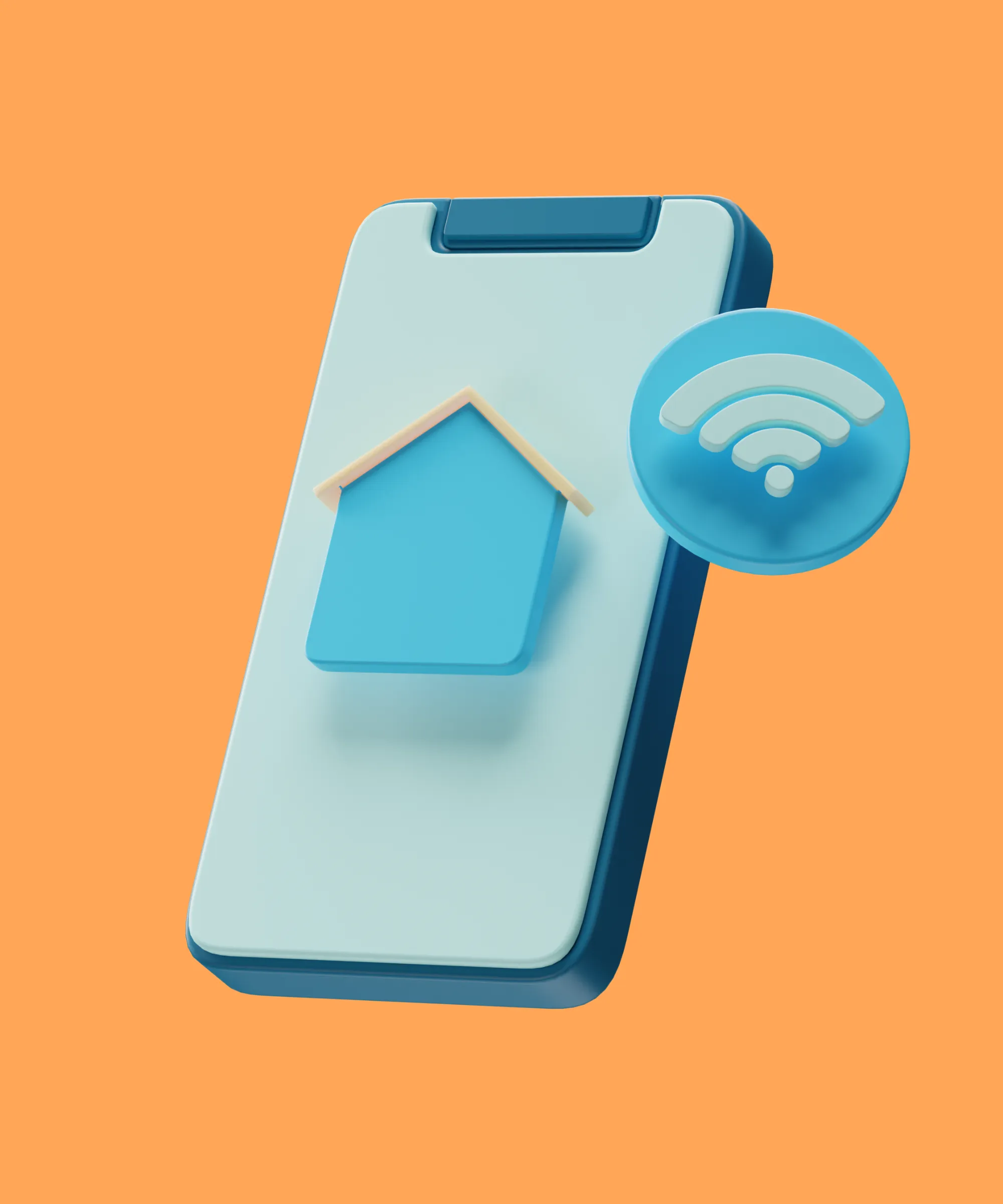
Revolutionizing health and fitness
- Wearable health monitors: IoT apps collect data from wearable devices, offering insights into fitness levels, sleep patterns, and even early warnings of potential health issues.
- Remote patient care: For healthcare providers, IoT apps enable remote monitoring of patients, reducing hospital visits and providing continuous care.
Enhancing consumer experiences
- Retail integration: In retail, IoT apps offer personalized shopping experiences by recognizing customers as they enter stores and providing tailored offers or guidance to products.
- Supply chain transparency: Apps connected to IoT devices in supply chains provide consumers with real-time information on the origin and journey of products.
Driving sustainability
- Resource management: IoT apps help manage resources like water and electricity more efficiently, contributing to conservation efforts.
- Environmental monitoring: Apps can track and report on environmental conditions, aiding research and promoting awareness of sustainability issues.
Overcoming challenges
- Interoperability: One of the biggest challenges facing IoT app integration is ensuring devices from different manufacturers can communicate seamlessly.
- Security: With the increasing number of connected devices, securing the IoT ecosystem against potential breaches is paramount.
Cross-Platform Development Tools
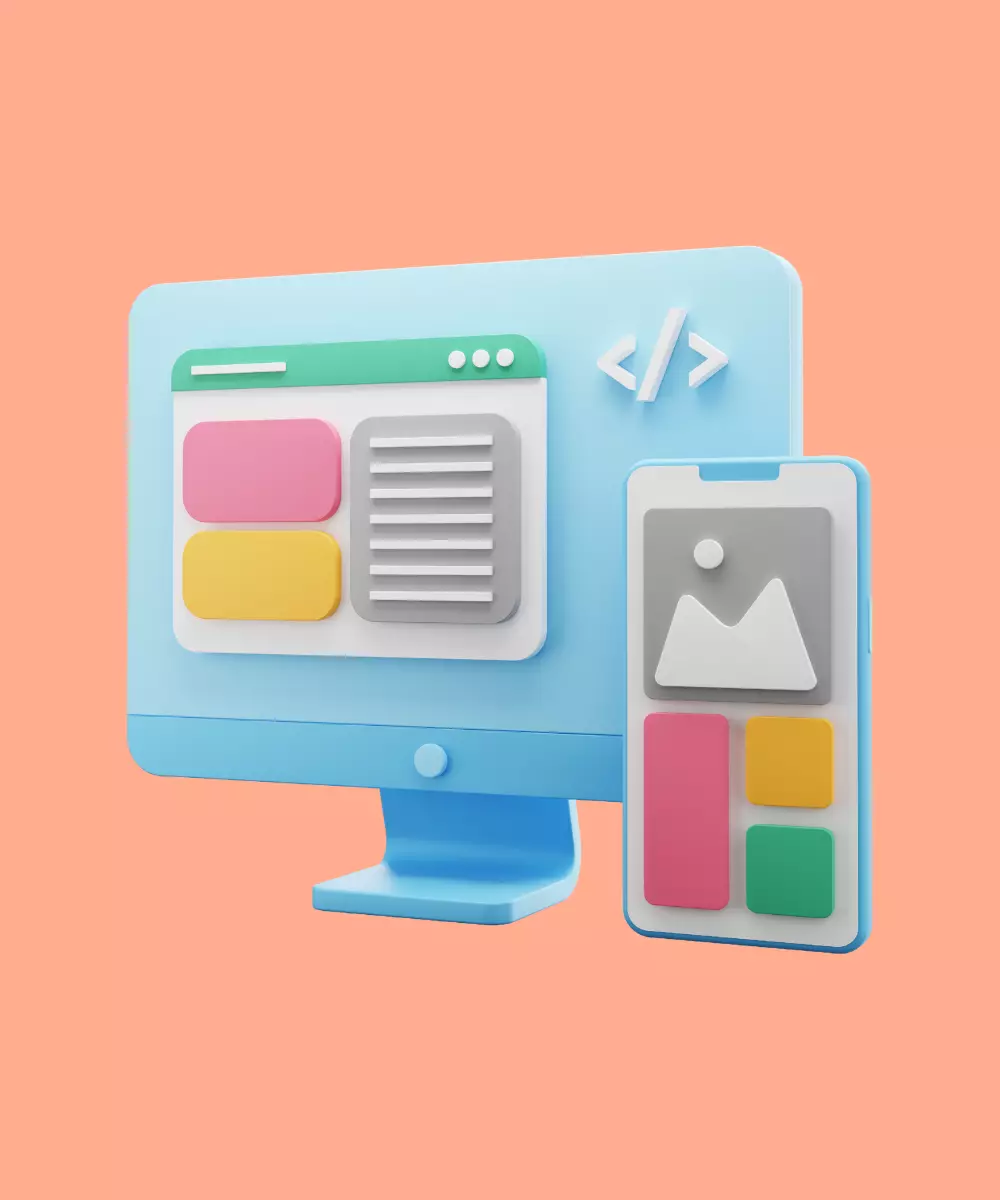
Cross-platform development tools have become a cornerstone for developers aiming to reach wider audiences across various devices and operating systems. These tools allow for the creation of apps that provide consistent functionality and feel, irrespective of the platform they're run on.
Streamlining app development
- Code reusability: Tools like Flutter and React Native enable developers to write code once and deploy it across multiple platforms, significantly cutting down development time and resources.
- Uniform design: These frameworks come with a suite of widgets and design elements that ensure apps maintain a consistent look and user experience on both Android and iOS.
Expanding market reach
- Faster time-to-market: With the ability to deploy on multiple platforms simultaneously, businesses can reach their target markets more quickly than with platform-specific development.
- Broader audience engagement: Cross-platform tools make it economically viable for businesses to cater to both Android and iOS users, ensuring no segment of the potential user base is left out.
Future-proofing applications
- Adaptability: As new operating systems and devices enter the market, cross-platform tools are often quick to support them, making apps more adaptable to future tech trends.
- Simplified maintenance: Updating and maintaining a single codebase is more straightforward, allowing for more rapid response to bugs and improved app performance across all platforms.
Challenges in cross-platform development
- Performance considerations: While cross-platform tools are efficient, they can sometimes lag behind native tools in terms of performance and access to device-specific features.
- Customization limits: There may be limitations in customizing apps for unique platform-specific experiences or leveraging the latest platform-specific UI trends.
Mobile Wallets and Advanced Payment Options
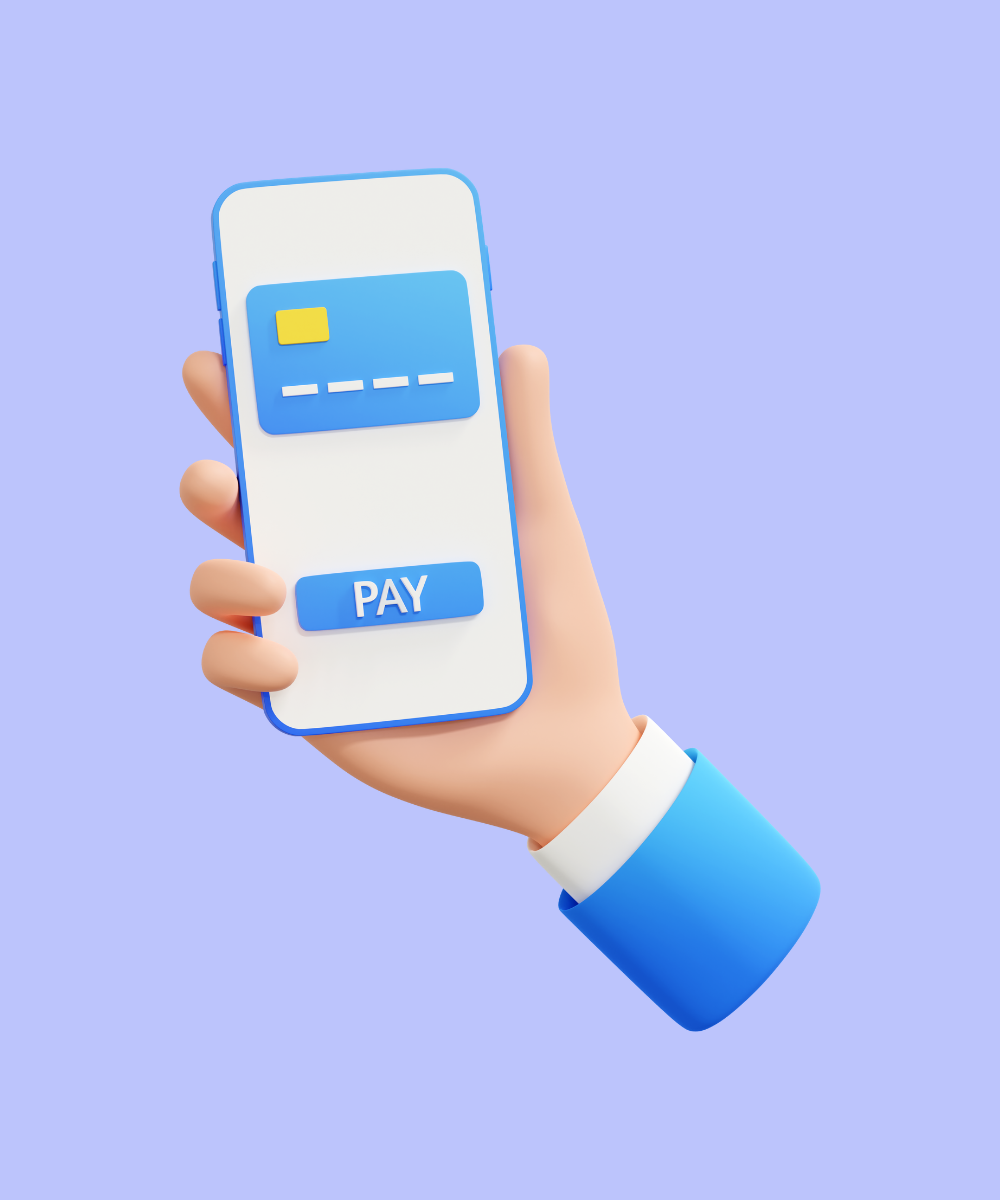
Mobile wallets and advanced payment options are redefining the financial exchange landscape. As users seek quicker, more secure methods of handling transactions, mobile apps are responding with innovative payment solutions that are as simple as a tap on the screen.
Mobile wallets: beyond just payment
- One-tap payments: Mobile wallets, such as Apple Pay or Google Wallet, enable users to make payments with a single tap, streamlining the checkout process.
- Loyalty integration: These wallets often integrate loyalty programs, automatically applying discounts or accumulating points, enriching the shopping experience.
Enhancing financial services
- Banking apps: Mobile banking apps are incorporating more sophisticated payment functionalities, including international transfers and instant bill splitting.
- Investment and trading: Investment apps are providing seamless funding options, allowing users to transfer funds, buy stocks, or trade cryptocurrencies with ease.

Advanced payment technologies
- Biometric authentication: Advanced payment options now include biometric authentication, using fingerprints or facial recognition to validate transactions, adding a layer of security and convenience.
- Contactless transactions: The rise of NFC (Near Field Communication) and RFID (Radio Frequency Identification) technologies in mobile devices has led to an increase in contactless payments, making transactions faster and more hygienic.
E-commerce and retail adaptation
- QR code payments: Retail apps are adopting QR code payments, enabling users to scan and pay without the need for physical cards.
- In-app purchases: E-commerce apps are streamlining in-app purchases, offering a variety of payment methods, from credit cards to mobile wallets and even digital currencies.
Security and trust in transactions
- Encryption and tokenization: To protect financial data, payment apps are using advanced encryption and tokenization techniques, making transactions secure.
- Regulatory compliance: Payment apps are also ensuring compliance with financial regulations, such as PCI DSS, to build trust and reliability.
Dark Mode and Advanced UX/UI Designs

The adoption of dark mode and the continuous evolution of UX/UI designs are more than mere trends; they are responses to the growing demand for visually comfortable and aesthetically pleasing app interfaces that enhance usability and accessibility.
The rise of dark mode
- User comfort: Dark mode provides a user-friendly interface that reduces eye strain, particularly in low-light environments, making it a favorite among users.
- Battery efficiency: On OLED and AMOLED screens, dark mode can significantly reduce battery consumption, as pixels can turn off when displaying true black.
Advanced UX/UI for enhanced engagement
- Intuitive navigation: Advanced UX/UI designs focus on creating intuitive navigation paths within apps, reducing learning curves and streamlining user journeys.
- Microinteractions: Delightful and informative microinteractions give users immediate feedback on their actions, enhancing the sense of direct manipulation and engagement with the app.
Inclusivity in design
- Accessibility: Modern UX/UI designs prioritize accessibility, ensuring that apps are usable by people with a wide range of abilities, incorporating features like voice control, screen readers, and adjustable text sizes.
- Cultural considerations: UX/UI designs are increasingly taking into account cultural nuances, making apps more personalized and region-specific.
Personalization through design
- Customizable interfaces: Allowing users to tailor app interfaces to their preferences, including themes and layout options, is becoming a staple in UX/UI design.
- Dynamic content display: Advanced designs adapt the presentation of content based on user behavior, context, and preferences, providing a bespoke experience.
The role of AI in design
- Predictive design elements: AI is being leveraged to predict user actions and preferences, dynamically adjusting the UX/UI to suit individual needs.
- Automated personalization: Machine learning algorithms analyze user data to automate interface personalization, elevating the user experience without manual input.
Enhanced App Security

As the digital landscape evolves, so does the complexity of security threats, making enhanced app security a critical component of modern mobile app development. It's an arms race between developers and cybercriminals, with personal data as the prize.
Building robust defenses
- End-to-end encryption: Deploying end-to-end encryption ensures that data is unreadable during transmission, safeguarding against interceptions.
- Secure code practices: Emphasizing secure coding practices to developers to prevent vulnerabilities like SQL injections and cross-site scripting (XSS).
Advanced security protocols
- Zero trust architecture: Implementing a Zero Trust security model which assumes no entity, inside or outside the network, is trustworthy without verification.
- Continuous security updates: Providing regular app updates to patch security vulnerabilities and enhance protective features.
User empowerment
- Educating users: Offering in-app education on security best practices, helping users understand the importance of updates and strong passwords.
- Customizable privacy settings: Giving users the autonomy to customize privacy settings, enabling them to control what data is shared and how it's used.
Integrating cutting-edge technologies
- Blockchain for enhanced security: Utilizing blockchain technology for secure, decentralized data management that reduces the risk of data tampering and breaches.
- AI for proactive defense: Employing AI-driven security systems that can predict and neutralize threats before they materialize.
Commitment to compliance
- Global data protection: Ensuring compliance with global data protection laws, such as GDPR in Europe and others, to protect user data and avoid hefty penalties.
- Security certifications: Obtaining security certifications like ISO/IEC 27001 to demonstrate a commitment to security best practices and build user trust.
Sustainability and Eco-friendly Apps
In a world increasingly aware of environmental issues, sustainability has become a critical factor in app development. Eco-friendly apps not only support sustainable practices but also resonate with a growing demographic of environmentally-conscious users.
Features that foster sustainability
- Carbon footprint tracking: Apps that help users monitor and reduce their carbon footprint by analyzing travel habits, energy consumption, and more.
- Digital receipts and paperless solutions: Encouraging a move away from paper, apps are offering digital receipts and tickets, significantly reducing waste.
Green coding practices
- Energy-efficient software design: Developers are adopting energy-efficient coding practices that minimize the power consumption of apps.
- Server-side efficiency: Focusing on server optimization to reduce the overall energy use of apps, particularly those relying on cloud services.
Eco-conscious business models
- Promoting sharing economy: Apps that facilitate the sharing of goods and services promote a circular economy, reducing waste and the carbon emissions associated with manufacturing and transport.
- Sustainable marketplaces: Platforms that connect consumers with sustainable products and services are on the rise, supporting eco-friendly businesses.
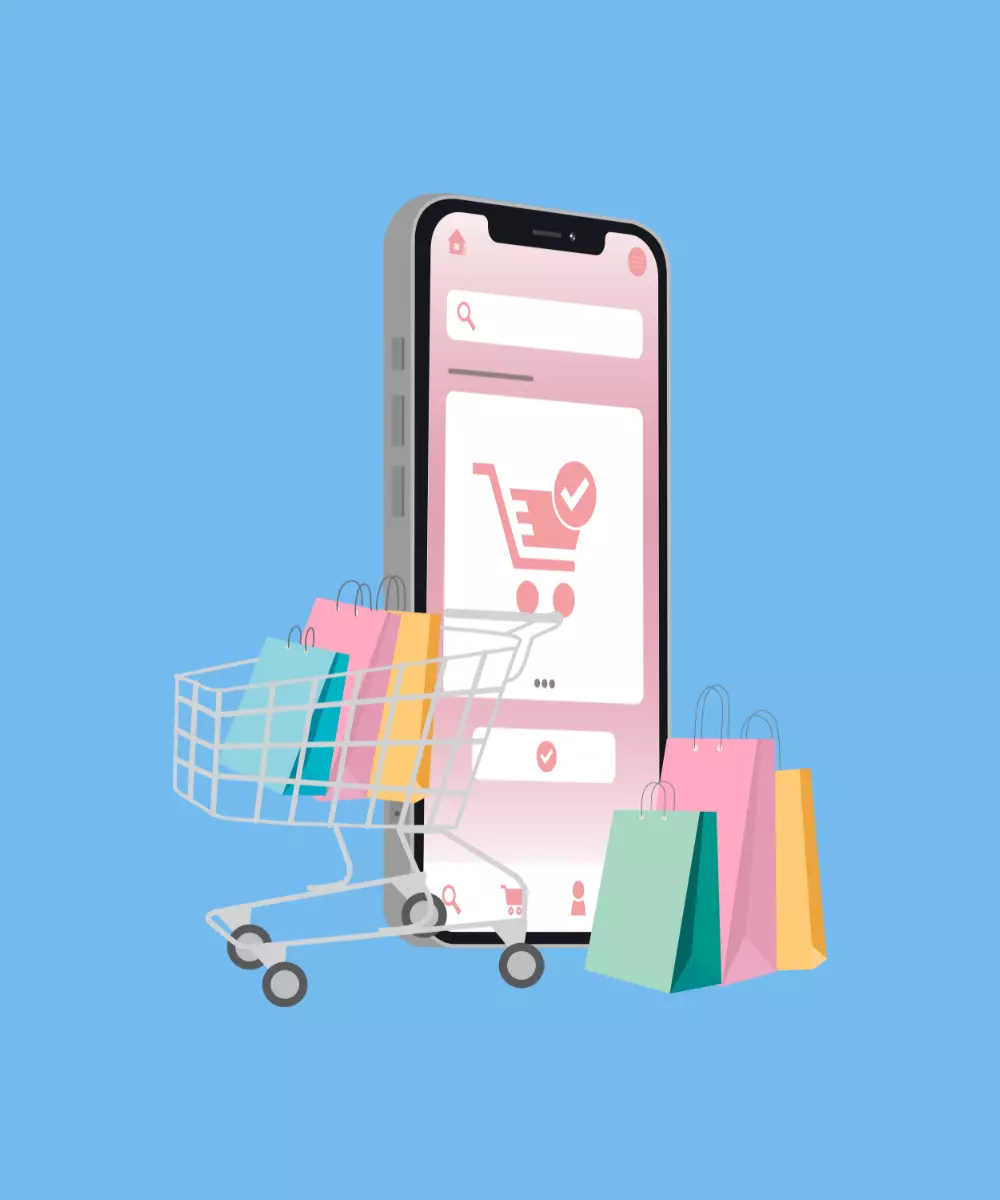
Educating through technology
- Awareness and learning: Apps dedicated to environmental education help spread awareness and teach users about sustainability.
- Community engagement: Apps that mobilize community clean-up events or recycling programs harness collective action for environmental causes.
Overcoming greenwashing
- Transparency in claims: Apps focusing on sustainability are prioritizing transparency to avoid greenwashing, providing users with clear information about their green initiatives.
- Third-party verification: Seeking third-party verification for eco-friendly claims to lend credibility and ensure the integrity of their sustainability efforts.
Conclusion
In navigating through the mobile app development trends of 2024, one thing is abundantly clear: the future of business is on mobile. The integration of cutting-edge technologies such as AR/VR, IoT, and AI, coupled with the rapid deployment enabled by 5G and cross-platform tools, has set a new standard for what mobile apps can achieve. For businesses looking to stay competitive and innovative, embracing these trends is not just smart—it’s imperative.
As What the Flutter, we’re not just observers of this evolution; we're active participants and enablers. Our expertise in crafting state-of-the-art mobile applications positions us to be your guide and collaborator in this journey. We invite you to join us in harnessing the power of mobile technology to propel your business forward.
Don’t let your business lag in the fast-paced digital race. Contact What the Flutter today to craft a mobile experience that sets you apart. Let’s build the future, one app at a time.


